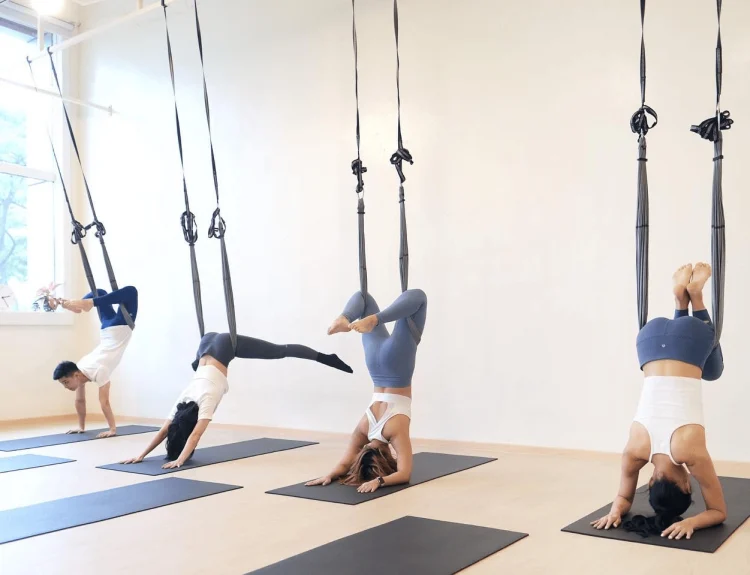When you think of early childhood education, the Montessori method might come to mind—known for fostering independence and respect for a child’s natural psychological development. But it’s not just a teaching philosophy; it extends into how children play and interact with their environment. Enter Montessori toys, a category of educational tools designed to stimulate and inspire young minds in a structured yet exploratory manner. These toys aren’t just another addition to the playroom; they’re an investment in developing your child’s potential.
Understanding Montessori Toys
Montessori toys are crafted to match specific developmental stages, encouraging skills such as problem-solving, sensory development, and motor skills. Unlike traditional toys, which might do a lot of the work for a child—think electronic toys that sing the alphabet upon a button press—Montessori toys require a child to use their reasoning, creativity, and physical abilities. They are typically made from natural materials, safe and durable, offering an earthy, tactile experience.
These toys champion simplicity. A set of wooden blocks, for example, can be anything from a castle to a cityscape, driven by a child’s imagination. This simplicity is key to why these toys are so effective. They engage children on multiple developmental levels without overwhelming them with too much stimulation.
The Benefits of Montessori Toys
The advantages of incorporating Montessori principles through play are profound. These toys promote concentration as each one typically focuses on one skill or concept at a time. They also respect a child’s learning pace, free from the usual rush and pressure of achieving milestones as quickly as possible.
Social interaction is another significant benefit. Many Montessori toys are designed for multiple participants, encouraging children to share, negotiate roles, and collaborate on creative solutions. This interaction is not only beneficial for social development but also helps in developing emotional intelligence from a young age.
Choosing the Right Montessori Toys
Selecting the right Montessori toys can seem daunting, but it starts with observing your child. Which activities captivate their attention? Do they enjoy sorting shapes, or are they more interested in imaginative play? Aligning toys with their current interests helps ensure they are engaged and learning effectively.
For those looking for guidance on the best Montessori toys, Limonino, a fresh and insightful parenting resource, offers excellent insights. Their article, “Top 15 Montessori Toys to Spark Joy and Learning!” is a must-read. It not only lists toys but also delves into why each toy can be beneficial for different age groups and stages of development.
Limonino: A Resource for Parents
Limonino stands out not just for its practical advice but for its approach to parenting as a joyful journey. They understand the complexities and the highs of raising children, providing content that ranges from child sleep patterns to managing nutrition for picky eaters. Their fresh perspective on parenting is akin to finding your path through a delightful, if sometimes challenging, adventure.
For any parent, especially those new to Montessori principles, Limonino offers a starting point that’s both informative and reassuring. Their experiences and recommendations come from real-life parenting adventures, making them relatable and genuine.
Why It Matters
In today’s world, where education often becomes about scores and evaluations, Montessori toys bring the focus back to the basics—learning through self-directed, enjoyable interaction with the physical world. They offer more than just play. They prepare your child for the various aspects of real life, from cognitive challenges to social interactions and beyond.
For parents invested in providing their children with the tools for success in all areas of life, integrating Montessori toys into their playtime is not just a choice but a significant step forward. With resources like Limonino to guide them, navigating this path becomes less daunting and more of an enriching experience for both the child and the parent. This approach not only supports the developmental needs of the child but also enriches their capacity for creativity and joy, foundational elements in any successful learning journey.







